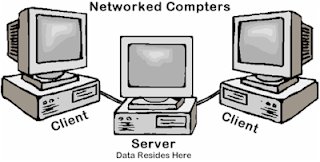Firstly, what are mainframes? Mainframes, one of the first types of computers used in business, are used by medium- to large-sized companies required to process large amounts of data; mainframes can process millions of instructions per second. Given the variety of mainframes available, they are most easily identified by their operating systems, like Linux, Unix or any of several IBM systems. Mainframes provide businesses with a reliable performance history, maximum I/O connectivity and maximum I/O bandwidth.
Client/servers, on the other hand, provide an opportunity for businesses to network multiple computers. Their name implies a relationship between two programs, in which one, the client, requests a service from another that fulfills that request, the server. Client/servers are popular in smaller companies with a lot of departmental overlap.
So, what are the differences between them?
While mainframes are more popular and generally more reliable, client/servers are smaller, significantly less expensive and allow users to work "off-line," only needing to connect with the client-server when they need to share information. With mainframes, everyone must be logged on simultaneously, which can slow the processing speed.
While mainframes are more popular and generally more reliable, client/servers are smaller, significantly less expensive and allow users to work "off-line," only needing to connect with the client-server when they need to share information. With mainframes, everyone must be logged on simultaneously, which can slow the processing speed.
Info extracted from




.png)
